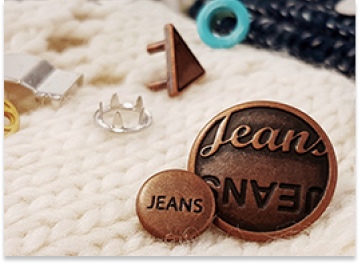Industry News

CFDA to implement fur ban at NYFW from September 2026
Source: www.fibre2fashion.com
The Council of Fashion Designers of America (CFDA), which owns and organises the fashion calendar for New York Fashion Week (NYFW), has announced that it will no longer promote animal fur at any Official NYFW Schedule events, including on its fashion calendar, social media channel and website. As a continuation of past programme collaboration, the announcement follows years of engagement with Humane World for Animals and Collective Fashion Justice.
Beginning with September 2026 New York Fashion Week, the CFDA will no longer permit animal fur in collections on the Official NYFW Schedule. This timeline gives designers space to adjust their materials and show plans.
Farmed or trapped fur from animals killed specifically for their pelts, including but not limited to mink, fox, rabbit, karakul lamb, chinchilla, coyote, and raccoon dog, is not allowed. An exemption applies only to animal fur obtained by indigenous communities through traditional subsistence hunting practices, the CFDA said in a press release.
The CFDA will support designers through this transition and continue to provide resources on alternatives. While the CFDA encourages each designer to make decisions for their own business needs, to help align NYFW designers with this position, the CFDA is committed to offering educational materials and a material library so they can explore more innovative and sustainable materials.
This position aligns with London Fashion Week, which ended its promotion of fur in 2023, as well as fashion weeks in Copenhagen, Berlin, Stockholm, Amsterdam, Helsinki and Melbourne.
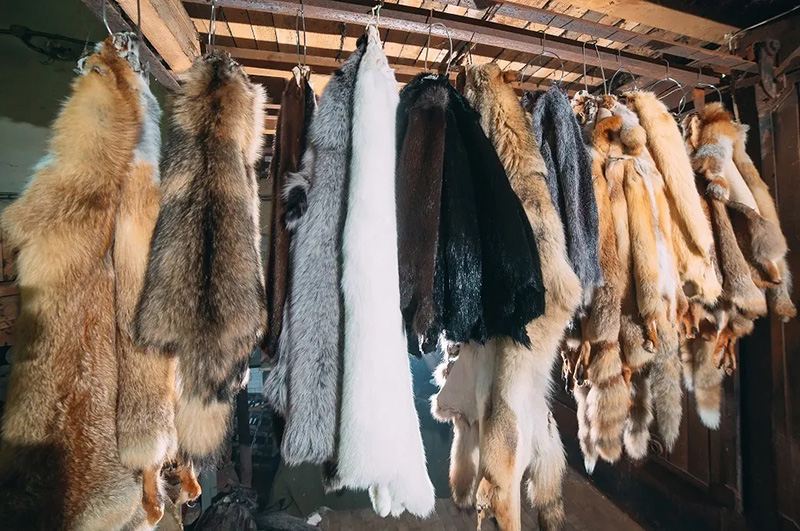

Europe's textile & apparel industry calls for decisive action
Source: www.fibre2fashion.com
The European Parliament took a welcomed and necessary step by voting a resolution calling for stronger market surveillance, reinforced customs controls and faster enforcement of the Digital Services Act in case of infringements. For Europe’s textile and clothing manufacturers, this is the first political acknowledgement that the system is broken — and that enforcement must finally match the scale of the problem.
This breakthrough follows months of intense mobilisation by EURATEX and its members: the Declaration against ultra fast-fashion in Paris during Première Vision, the joint industry call for a fair and safe e-commerce environment, and various high-level meetings with Commission officials (joined by consumers, trade unions and retailers). Awareness has risen sharply — in the media, in national capitals, in Brussels.
But even as momentum builds, we are witnessing developments that risk undoing everything. National postal operators in countries such as Poland, France and Italy are now entering into partnerships with platforms like Temu, pledging to accelerate the delivery of precisely those parcels that escape EU rules and undermine compliant European businesses and put consumers at risk by undermining well established rules to protect exactly those customers from harm.
If Member States and EU institutions do not act now — decisively and coherently — Europe’s own standards will become meaningless, and a vital industrial ecosystem will fade. The solution is straightforward and overdue: we expect to end the de minimis exemption, the application of customs, VAT and safety rules to all, the enforcement of the DSA with speed to stop giving foreign ultra-fast fashion players a free pass. The forthcoming ECOFIN meeting of 12 December should be an important milestone in this process.


India ITME boosts global textile ties at Singapore networking events
Source: www.fibre2fashion.com
India ITME Society hosted India Networking Program – ‘Fabricating the Future of Textile Industry- From Heritage to High-Tech’ on 29th October 2025 at Singapore an exclusive gathering of Ministry of Textile Officials, Embassy Officials, Entrepreneurs, Technocrats, Industry Organizations and Media Personnel's designed to foster collaboration, exchange ideas and explore opportunities in the Indian Textile & Textile Engineering Sector.
On the backdrop of just concluded Diwali celebrations and on the side lines of CITME+ASIA Singapore, India ITME Society, apex body for textile engineering exhibitions in India hosted “India business evening” an exclusive interactive evening organised by India ITME Society to explore, educate and network for potential partnership, new sourcing and trade alliances for textiles, textile technology and machineries. The evening was well attended by 183 delegates representing USA, UK, China, Sweden, Indonesia, Bangladesh, Sri Lanka, Taiwan, Turkey, Germany & Singapore.
This business program on the sidelines of CITME-ASIA in Singapore was part of strategic push by both Indian Textile & Textile engineering Industry, to accelerate trade partnerships, technology sourcing and manufacturing joint ventures in India; with India. The motto is to achieve economic growth jointly and reap mutual benefits for all partners.
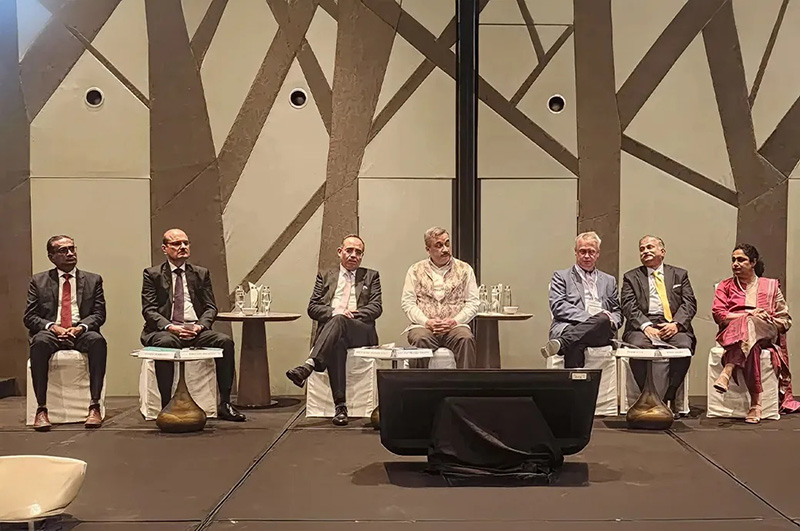
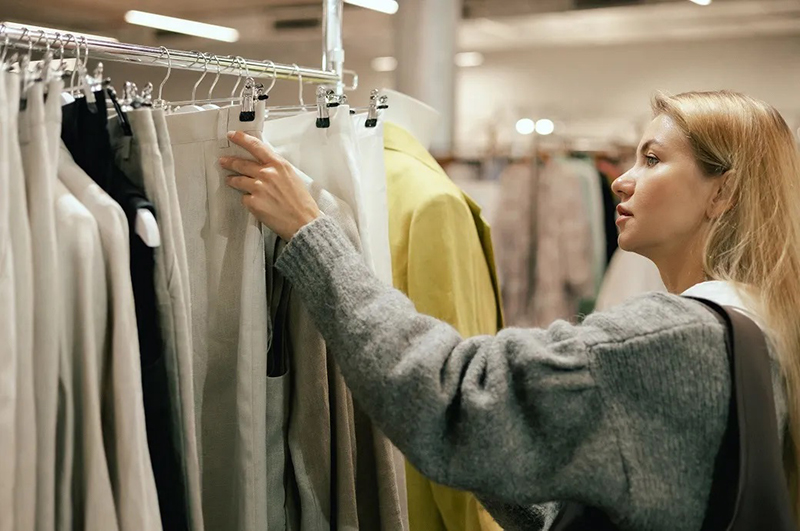
More US consumers plan to start holiday shopping earlier: Circana
Source: www.fibre2fashion.com
The region’s leading textile and garment technology exhibition, ITMA ASIA made a successful return to Singapore after two presentations in 2001 and 2005.
Nearly half (44 per cent) of consumers in the US said they plan on starting their shopping earlier in the season than they normally would, according to the annual holiday purchase intentions consumer survey from Circana. Consumers have indicated that the 2025 holiday shopping season may bring an increase in earlier retail sales compared to last year. More holiday shoppers plan to get started on their purchases before Thanksgiving than last year.
“Today’s consumer is more focused on planning and prioritising on their quest for value,” said Marshal Cohen, chief retail advisor for Circana. “Getting an earlier start on holiday shopping gives them more control and choice when it comes to making a purchase decision, rather than feeling the pressure of filling a last-minute need.”
Promotions will have a more significant influence on holiday shopping this year, with 37 per cent of holiday shoppers indicating that they will buy more items that are on sale or promotion to save money. However, early season promotions exposed a by-product of expected sales events: The anticipation of such promotional periods triggers a wait-and-see mode among shoppers that creates purchasing pullback in advance of the promotion itself.
“Even with lower prices, consumers have become less impulsive – doubling down on their ‘need now, buy now’ mindset,” added Cohen. “Marketers need to continue to assess ways to achieve dynamic success with consumers by making their brand, their store, a destination that hits the mark on product and value at the right time.”
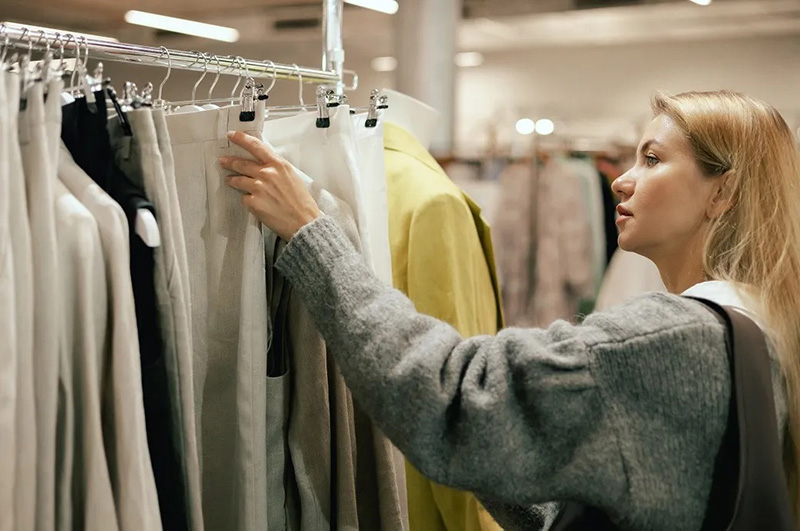
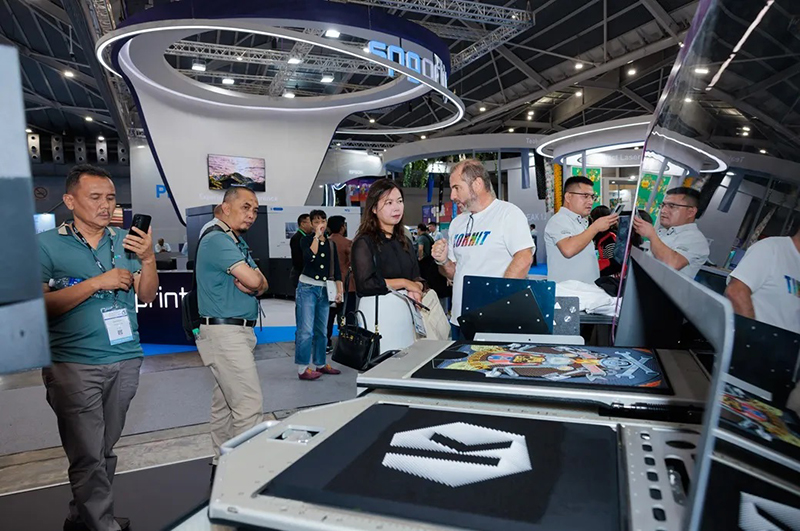
Singapore edition of ITMA ASIA + CITME attracts global crowd
Source: www.fibre2fashion.com
The region’s leading textile and garment technology exhibition, ITMA ASIA made a successful return to Singapore after two presentations in 2001 and 2005.
Combined with CITME, the four-day ITMA ASIA + CITME exhibition at the Singapore Expo concluded on 31 October 2025 with participants praising the international mix of visitors andstrong turn-out of buyers from the region. From the supply side, the exhibition was well represented by companies from key textile technology manufacturing regions, thus offering buyers a balanced selection of solutions.
The Singapore exhibition attracted visitorship of over 26,600 from 109 countries and regions, reaffirming its reputation as the region’s most influential showcase of textile and garment manufacturing technologies.
Many of the exhibitors were elated by the outcome of their participation. The combined exhibition in Singapore proved to be a truly pivotal platform, bringing together a remarkably international audience. The high visitor numbers, the quality of discussions, and the strong focus on innovation and sustainability reflected the industry's evolving priorities.
The comprehensive showcase of textile and garment making technologies at ITMA ASIA + CITME, Singapore 2025 occupied more than 70,000 square metres of gross space and featured over 840 exhibitors from 30 countries and regions.

About Us

About Us
D&G Global Holdings Limited (D&G) and its subsidiaries (the Group) are committed to designing, manufacturing and wholesaling of high quality garment accessories. D&G offers a wide range of garment accessory products including jeans buttons, snap buttons, jeans rivets, eyelets, metal plates, die-casting buttons, fashion buttons, handbag suspender clips, dress hooks, metal buckles and fasteners.
Read More



